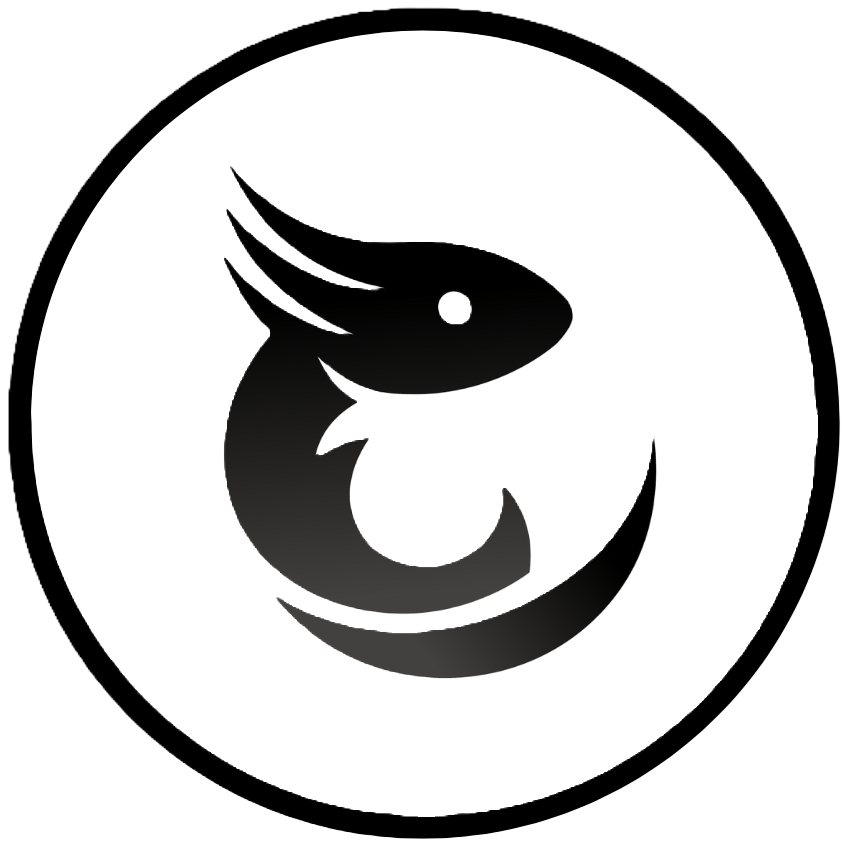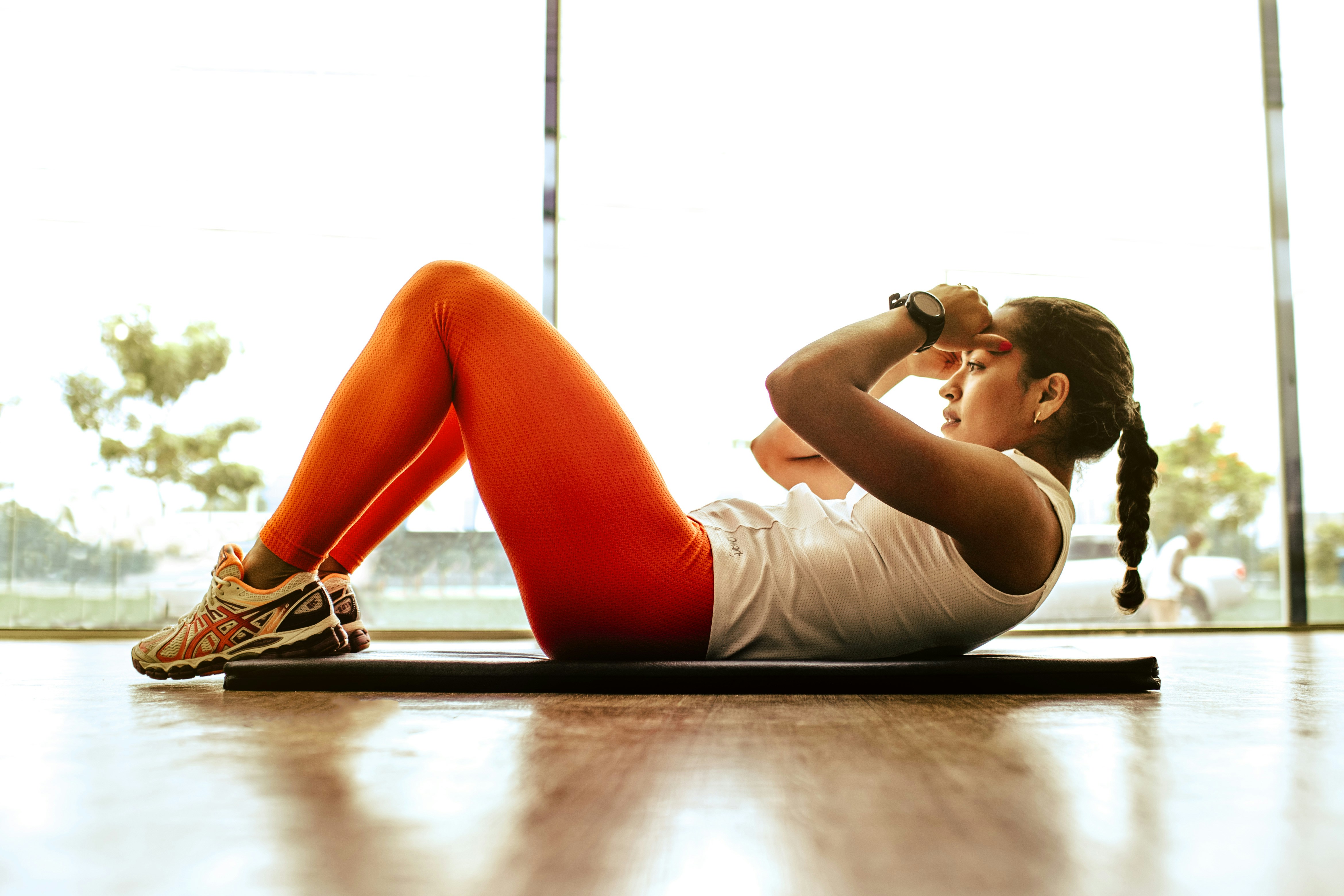Table of Contents
VO₂ Max and Immune Resilience: How Aerobic Fitness Strengthens Your Defenses

Why This Matters
Every day, your immune system faces threats—from seasonal viruses to chronic inflammation. VO₂ Max isn't just a performance metric; it's a powerful indicator of how resilient your body is under health stress—whether that's a cold, COVID, or common immune decline with age.
VO₂ Max: More Than Just Aerobic Power
VO₂ Max measures how effectively your heart, lungs, bloodstream, and muscles deliver and use oxygen under stress. Since immune cells rely on strong circulation and energy supply, higher VO₂ Max supports a healthier immune landscape.
Moderate Aerobic Exercise Enhances Immunity
Evidence shows that moderate activity (under 60 minutes at <60% VO₂ Max) reduces immune system stress and keeps immune cells active without straining them long-term. (study)
This "sweet spot" of effort builds immune resilience and supports regular immune cell turnover.
Strong VO₂ Max Cuts Risk of Severe Illness
Higher cardiorespiratory fitness (CRF), closely tied to VO₂ Max, strongly predicts better COVID-19 outcomes. In large cohort data, people with lower estimated CRF had more than twice the mortality risk from COVID compared to those with moderate or high fitness. (study)
Other data show that those with higher fitness have a significantly lower risk of hospitalization or needing intensive care. (source)
Exercise Helps Aging Immune Systems Stay Sharp
Exercise acts as a rejuvenating force on aging immune systems: it cuts inflammation, boosts vaccine responses, and improves immune cell signaling. (study)
Activity releases muscle-based signals known as myokines, which communicate with immune cells and help regulate inflammation. (info)
Acute vs Chronic Exercise: A Balanced View
| Session Type | Immune Effect |
|---|---|
| Moderate (under 60 min, <60% VO₂ Max) | Strengthens immune response |
| Very intense or prolonged | Temporary immune suppression (e.g., after marathons) |
| Regular moderate training | Boosts immunity and lowers inflammation long-term |
This pattern is often illustrated as a "J-shaped curve" in exercise immunology, where moderate activity offers immune benefit, but excessive exertion may suppress immune defense. (overview)
Chronic moderate activity, paired with adequate recovery, delivers the best immune payoff.
Training Strategies to Build Immune-Boosting VO₂ Max
A) Consistent Zone 2 Training
Steady aerobic efforts—like brisk walking or cycling for 30–60 minutes—enhance circulation, metabolism, and immune cell delivery. Imagine VO₂ Max improvements as widening the highway your immune cells use to reach sites of invasion.
B) Smart Interval Workouts
Periods of hard efforts followed by recovery help train your circulatory system and oxygen uptake. This can increase VO₂ Max while avoiding over-suppression of immune function.
C) Strength Training & Myokine Benefits
Including resistance work ensures muscle health that supports immune signaling and whole-body metabolic balance.
D) Lifestyle Support
Prioritize sleep, nutrition, and stress management to sustain the immune benefits of training—otherwise, fitness gains may not fully translate.
VO₂ Max as a Shield Metric for Health
- Higher VO₂ Max = better circulation, likely more efficient immune cell deployment and function.
- VO₂ Max improvements through structured training parallel gains in immune responsiveness and reduced inflammation.
- In large studies, higher CRF consistently predicts better outcomes from infections—even after factoring in lifestyle and body composition. (review)
Key Takeaways
- Moderate exercise strengthens your immune system—especially when VO₂ Max improves.
- Strong VO₂ Max is associated with a lower risk of infections, including COVID-19.
- Recovery matters: train smart and consistently, but avoid excessive strain that can weaken immunity.
- VO₂ Max serves as a proxy for systemic resilience in immunity and inflammation.
FAQs
Q1: Can VO₂ Max training help even if I frequently fall sick?
Yes. Improving VO₂ Max enhances baseline immune capability and lowers chronic inflammation, helping reduce both infection risk and severity over time.
Q2: Is high-intensity training bad for immunity?
Intense, long-duration efforts (e.g., marathons) can temporarily suppress immune response—balance with moderate sessions and rest.
Q3: How much moderate exercise supports immunity?
About 150 minutes/week of moderate aerobic activity (or 75 min/week vigorous), plus strength training—this aligns with public health guidelines. (news summary)
References
Moderate exercise lowers immune stress vs. intense training: (PMC)
CRF and COVID-19 risk: (PLOS One cohort)
Aging immune system benefits from exercise: (Immunity & Ageing)
Myokines and immunity: (Sciencedirect)
Moderate exercise immune support & J-curve: (EatingWell)
General exercise-immunity benefits: (Health.com news summary)
About the Author

Axovoc Editorial Desk
Our team is a group of engineers, researchers, and science communicators passionate about making biometric science accessible and engaging. We work closely with the developers of the Vortex device to bring you accurate, insightful content about VO₂, respiration, and human performance.
Want to contribute or suggest a topic? Contact us.


